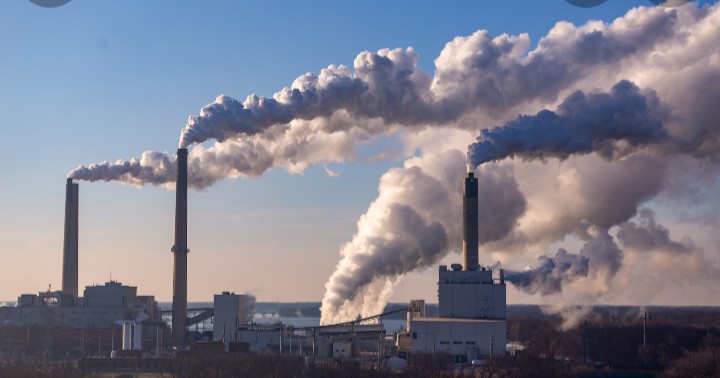|
Getting your Trinity Audio player ready…
|
In pursuit of reducing greenhouse gas emissions such as carbon dioxide, methane and nitrous oxide and building a greener economy, Zimbabwe as a member of the United Nations Framework Convention on Climate Change (UNFCCC), has developed proposals on costed economy Mid-Century Low Greenhouse Gas Emission Development Strategy (2020-2050).
The Minister of Information, Publicity and Broadcasting Services, Senator Monica Mutsvangwa said through various ways, Zimbabwe has been working tirelessly to ensure that carbon emissions are reduced.
Addressing members of the media during the post-Cabinet briefing in Harare on the 14th of September 2021 minister Mutsvangwa said, “The nation is informed that, Zimbabwe is a member of the United Nations Framework Convention on Climate Change (UNFCCC), whose major objective is the stabilisation of greenhouse gas emissions, such as carbon dioxide, methane, and nitrous oxide.
“These gases contribute to climate change. This objective is being fulfilled through the Paris Agreement of 2015 on Climate Change, which mandates all countries to contribute to the reduction of greenhouse gas emissions through Nationally Determined Contributions (NDCs).
“Each country is required to set itself targets as to how it proposes to reduce emissions and these targets are then reviewed every five years,” she said.
Cabinet also received and approved the proposed NDC presented by the Minister of Local Government and Public Works as Chairman of the Cabinet Committee on Environment, Disaster Prevention and Management.
The Strategy is Vision 2030 compliant and contains implementable sustainable climate change mitigation actions, covering four (4) sectors of the economy, namely: Energy; Agriculture, Forestry and Other Land Uses (AFOLU); Industrial Processes and Product Use (IPPU); and Waste Management.
“It should be pointed out that the country has done a lot more in terms of carbon sinking through the various afforestation and reforestation programmes, conservation agriculture (Pfumvudza/Intwasa) and emitting less on its growth trajectory towards Vision 2030.”
The major thrust of developing Low Emission Development Strategies by UNFCCC member countries is to shift from the traditional fossil fuel-based development to greener and sustainable pathways, including enhanced use of renewable energy, and the adoption of green industries and climate-smart agriculture.
Minister Mutsvangwa said the implementation of renewable energy projects in the country and the use of more efficient low emission technologies in thermal power plants reflects the government’s commitment towards reduction in emissions.
The draft LEDS it has been noted, has identified 38 mitigation actions across the four Inter-Governmental Panel on Climate Change (IPPC) recognised sectors, and implementation of the mitigation actions will result in 40% reduction in emissions.
“Zimbabwe is currently emitting 0,05% of all greenhouse emissions which is lower than what the country is capturing.”
Meanwhile, President Mnangagwa is expected to attend the Conference of Parties (COP 26) meeting in the United Kingdom where he will lead a Zimbabwean delegation and present the country’s mitigation measures and adaptation actions.
